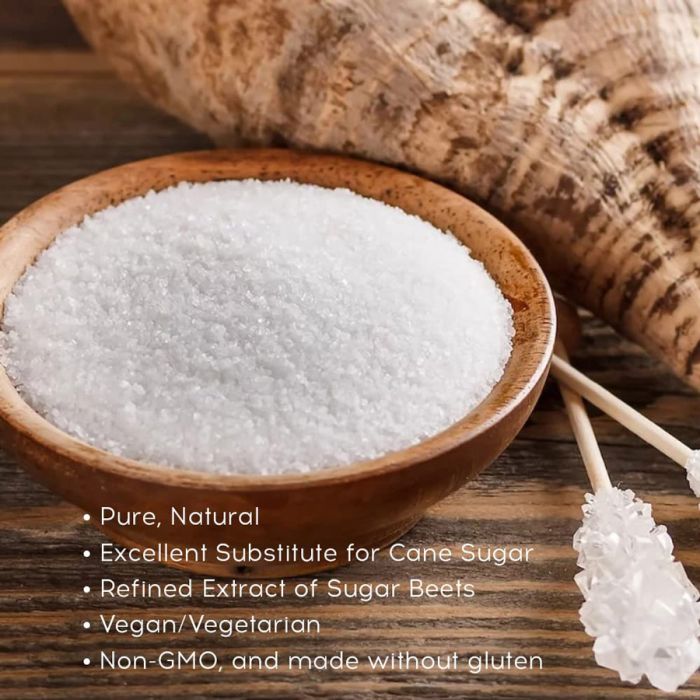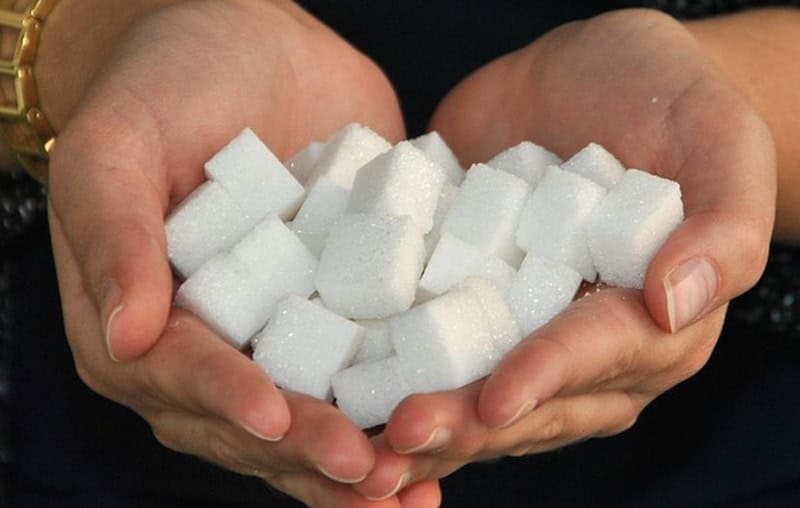The farming methods for beet sugar vs cane sugar contribute to differences in production scale.
The farming methods for beet sugar vs cane sugar contribute to differences in production scale.
Blog Article
Discover the Uses and Advantages of Beet Sugar Vs Cane Sugar in Your Daily Diet Regimen
Discovering the distinctive qualities of beet and cane sugar reveals greater than just their sweetening abilities; it highlights their special influence on health and cookeries. Beet sugar, known for its subtle taste, is commonly preferred in delicate desserts, whereas cane sugar, with its hint of molasses, adds splendor to durable recipes. Each kind holds its own nutritional profile and glycemic ramifications, welcoming a much deeper understanding of their functions in a well balanced diet regimen and lasting intake practices.
Origin and Manufacturing Procedures of Beet and Cane Sugar

The distinct environments and soil types required for growing sugar beets and sugarcane add to differences in their farming techniques and geographic distribution, influencing the economics and sustainability of their production. beet sugar vs cane sugar.
Nutritional Contrast In Between Beet Sugar and Cane Sugar
Despite stemming from various plants, beet sugar and cane sugar are nutritionally very similar, both primarily being composed of sucrose. Each supplies concerning 4 calories per gram, equating to approximately 16 calories per tsp. Structurally, both sugars are made up of approximately 99.95% sucrose, with very little quantities of various other materials like dampness and trace minerals, which do not significantly modify their nutritional profiles.

Eventually, when selecting in between beet sugar and cane sugar based upon nutritional material alone, both offer similar benefits and drawbacks as they are essentially kinds of the very same particle-- sucrose, providing fast energy without other nutrients.
Effect On Wellness: Glycemic Index and Caloric Material
Checking check over here out even more into the impacts of beet sugar and cane sugar on wellness, it is necessary to consider their glycemic index and caloric material. Both sugars are identified as sucrose, which contains glucose and fructose. This make-up leads them to have a similar effect on blood glucose levels. The glycemic index (GI) of both beet and cane sugar is around 65, classifying them as high-GI foods, which can trigger quick spikes in blood sugar degrees. This is an important aspect for individuals taking care of diabetic issues or those trying to maintain their power levels throughout the day.
Each kind of sugar contains about 4 calories per gram, making their calorie material matching. For those keeping track of caloric intake, specifically when managing weight or metabolic health problems, recognizing this equivalence is essential (beet sugar vs cane sugar). Excessive intake of any kind of high-calorie, high-GI food can add to health issues such as weight problems, heart illness, and insulin resistance.
Environmental and Economic Factors To Consider of Sugar Production
Beyond health and this post wellness effects, the production of beet and cane sugar also increases significant environmental and financial concerns. Sugar beet growing tends to require cooler climates and has a reduced geographical impact contrasted to sugar cane, which thrives in tropical regions. Nevertheless, both plants are intensive in regards to water usage and land line of work, potentially causing deforestation and water shortage. Economically, the global sugar market is very volatile, affected by changes in worldwide trade policies and subsidies. Lots of countries incentivize sugar production with financial backing, skewing market rates and affecting small farmers adversely.
Furthermore, using pesticides and plant foods in both beet and cane sugar farming can cause dirt deterioration and pollution, more affecting biodiversity and neighborhood water bodies (beet sugar vs cane sugar). The selection in between growing sugar beet or cane frequently hinges on neighborhood environmental problems and financial elements, making the sustainability of sugar production a complex problem
Culinary Applications and Taste Distinctions
While the ecological and financial facets discover this info here of sugar production are certainly significant, the selection in between beet and cane sugar also influences culinary applications and taste accounts. Beet sugar, obtained from the sugar beet plant, is understood for its incredibly neutral taste.
Cane sugar, removed from sugarcane, typically maintains molasses traces, which present a distinctive splendor and deepness. This slight molasses flavor improves the intricacy of baked goods, sauces, and sauces. It is especially preferred in items where a caramel undertone is desired, such as in brownies or gingerbread. The small variation in moisture content in between beet and cane sugar can impact the appearance and consistency of recipes, making cane sugar a recommended choice for details recipes that benefit from its distinct buildings.

Final Thought
To conclude, both beet and cane sugar have distinct beginnings and manufacturing procedures, offering similar dietary profiles with mild distinctions in sodium web content and flavor. While their effect on wellness, particularly relating to glycemic index and calories, is similar, the choice between them often comes down to environmental, economic elements, and certain cooking demands. Recognizing these facets can lead customers in making informed decisions that line up with their wellness goals and taste choices.
Report this page